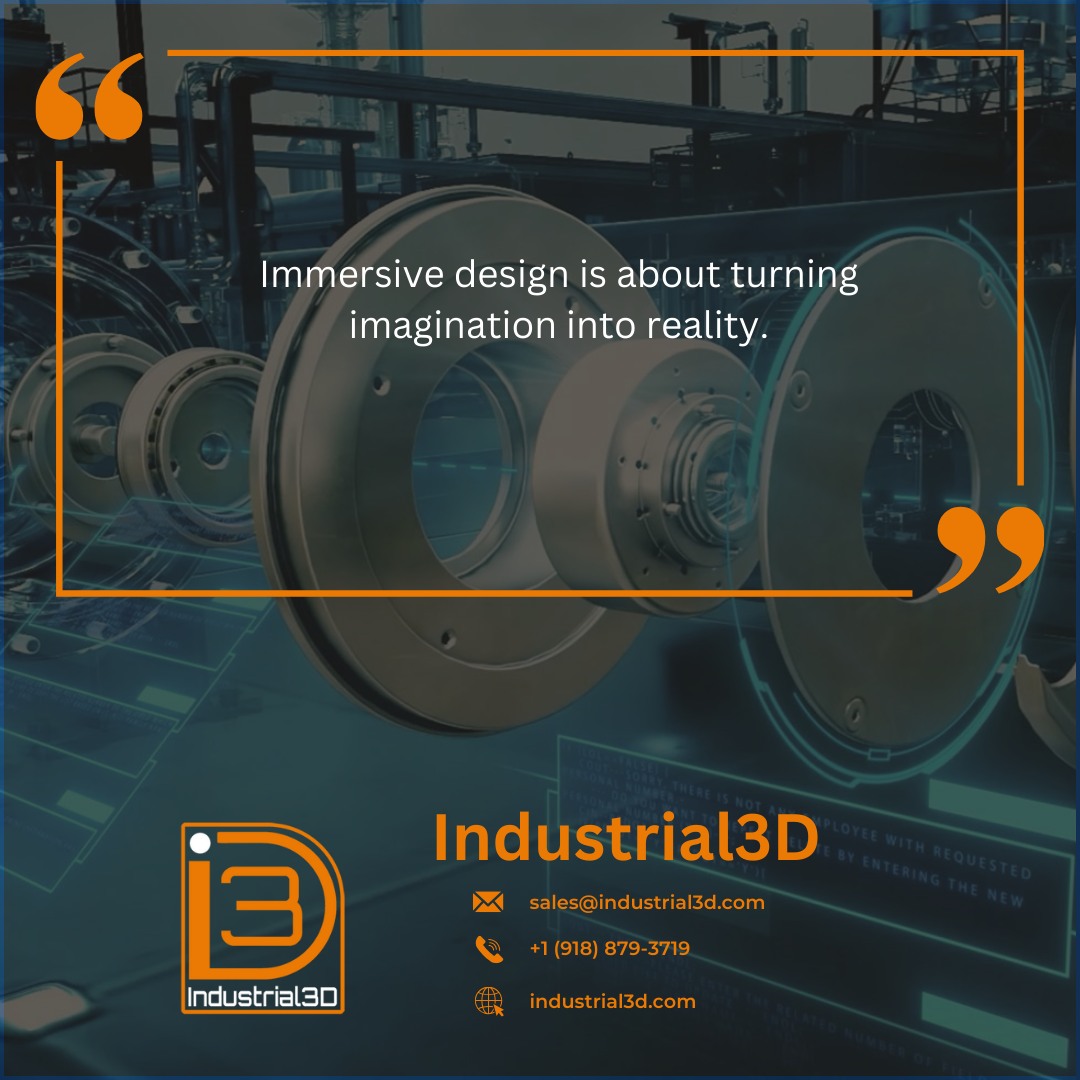3D Animation Company
After the models have been finalized, they are transitioned to the stage of layout and animation. In this phase, they are placed and animated within a specific setting. Initially, it is crucial to establish a design by constructing a backdrop and incorporating various elements. Subsequently, the objects and characters can be brought to life through the allocation of animation variables. Following that, models present in the scene can be animated using either keyframing or motion capture techniques.
Industrial 3D provides additional 3D animation workshops aimed at enhancing your Animator's Toolkit and equipping you for a potential career in the field. Gain expertise in the animation industry's favored software, transform written scripts into captivating visuals, and elevate the quality of your character poses.
The process of generating 3D animation involves utilizing diverse software programs and tools, such as Maya, Blender, and 3ds Max, for the purpose of crafting three-dimensional animated content.


